Maple bonsai: varieties and their description
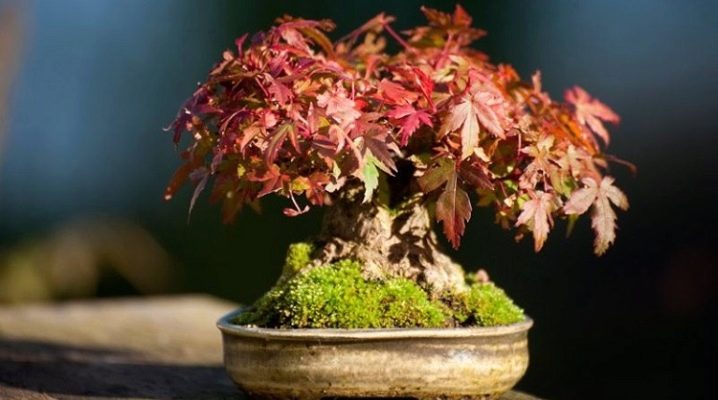
Japanese maple bonsai is the most common choice for indoor decoration. It is a deciduous plant with different foliage shades. In order for a tree to please with its appearance, it is required to properly prune.
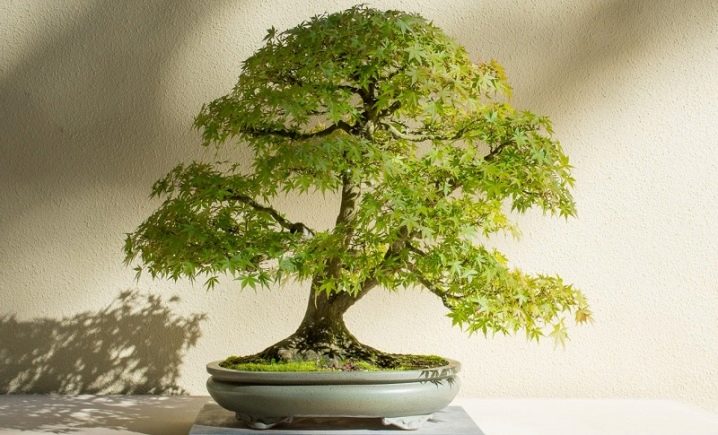
Characteristic
These maples are commonly found in Japan, China, and Korea. The most common species have 5 pointed ends on the foliage and are called Acer palmatum. They have beautiful foliage and a graceful crown when properly cared for.
Bonsai can be grown from several types of maple, for example, palm-shaped or rocky, a field species, ash-leaved and even plane-leaved, is well suited.
These are dwarf varieties with small foliage, which looks very beautiful after cutting the crown. Breeders managed to breed bright, decorative varieties that produce blue and blue foliage. There is even a fiery red maple and even purple. This direction has gained such popularity that scientists do not stop working on obtaining new species with a unique color of the leaves.

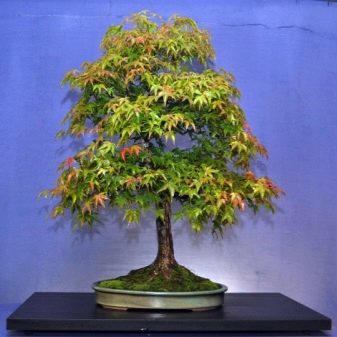
Japanese maple trees are adapted to a wide range of climates, therefore, grow in the southern regions of our country, North America. Maple trees can grow up to 4.5 meters in height, and a shorter trunk can be obtained if desired by pruning regularly.
One of the attractive things about this tree is that it offers different leaf colors depending on the season. In spring, the leaves of the Japanese bonsai maple are bright red. As they grow older, they will turn pink and purple. In summer, the leaves are green with a pink tint. In autumn, they acquire a dark pink-red tone.
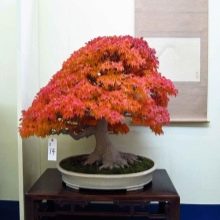
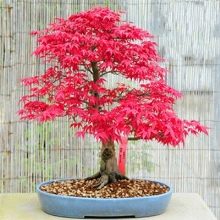
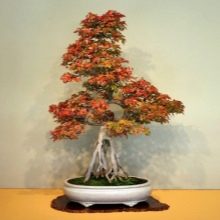
It takes 10 to 20 years to get a fully mature tree. Gardeners have to show a lot of perseverance and willpower to achieve the desired result and keep the tree in proper shape. It is possible to grow your maple from a seed, so all its species multiply.
The described bonsai maple variety is sensitive to frost due to the high moisture content in its roots.
It needs protection from the cold, requires a lot of sun in the morning, but on hot days it is better to put the plant in the shade.
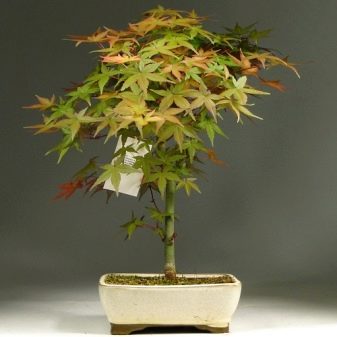
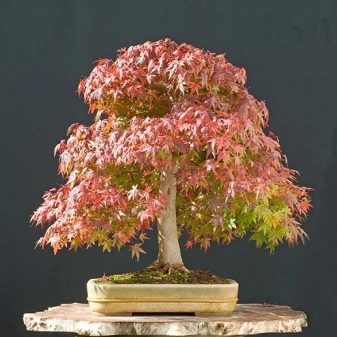
The Japanese maple has more than 300 different types, including red, blue, light blue. Canadian varieties are more hardy and resistant to diseases and insects. Fall foliage colors range from gold to red.
Maple bonsai require more maintenance than a regular indoor flower. Improper watering is the main mistake that budding gardeners make. Dehydration or too frequent watering can be equally harmful to the plant, and sometimes it even dies for this reason.
It is thanks to pruning that it is possible to get the unique look that the plant possesses. Thanks to him, maple is used as a decorative element when organizing an attractive garden or a comfortable space in the house, in a gazebo.
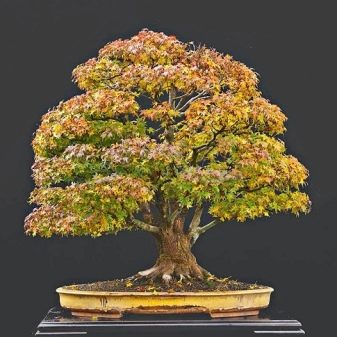
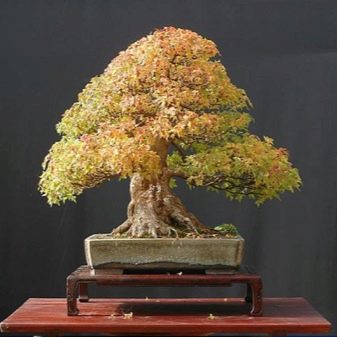
Pruning
Pruning helps to shape the tree to the correct size. There are several different artistic styles, but not all of them are suitable for one variety, on the contrary, they are used depending on the individual characteristics of the species grown. Understanding the natural shape and growth habits of a particular tree helps determine how correct pruning should be done.Cutting down excess branches is essential to create a beautiful crown and contain maple growth.
The top layers of the crown act as a protective foliage cover for the entire tree. They look like a shell. Branches are the skeleton of a plant; the future shape largely depends on them.
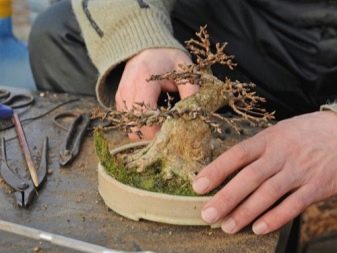

It is necessary to trim maple correctly: do not remove more than 1/5 of the living crown during the year, otherwise the plant will receive serious stress or the gardener will cause unwanted growth from the unnecessary side. To reduce the total weight and put the crown in order, the tree is pruned evenly. A plant thinned on one side will look sloppy.
If the lateral branch crosses the central trunk higher or lower, it must be removed, as should all branches that go away from the general shape. During pruning, old and dead shoots are found and mercilessly removed.
To make it more attractive and aesthetically pleasing, the branches that touch the ground are cut. Do not touch shoots that are more than half the diameter of the trunk. Branches that do not taper much, do not divide or bend should be cut. Pruning in summer stimulates less growth than in winter.
The procedure is carried out when the air temperature is 27 C and above.
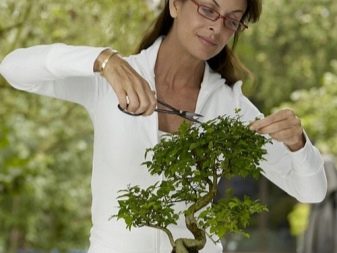

How to grow from a seed?
The vibrant leaves of Japanese maples, combined with their diminutive size, make these trees desirable in the garden. They fit perfectly into almost any landscape or grow in porch containers. However, the most desirable species can be quite expensive and therefore not readily available, but can be planted at home by seed.
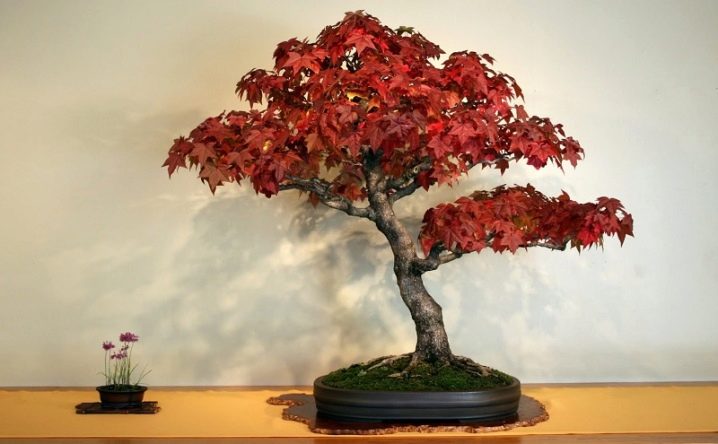
You can always try growing your own bonsai from seeds if you can get them. The process is as follows step by step.
- First, break off the wings on the seeds, place them in a disposable cup. Hot water is poured into a container and left in this form overnight. In the morning, drain the water with the planting material through a mesh filter.
- Wet seeds will need to be slightly dried and placed in a bag. Sprinkle with cinnamon on top, shake slightly to distribute it over the entire surface of the planting material. Few people know, but cinnamon is a natural and inexpensive fungicide.
- The bag is closed, but loosely, and put in the refrigerator. Check from time to time that the mixture remains slightly damp.
- After 2 months, the seeds should begin to germinate. From the available seeds, those that show weak and thin sprouts can be removed, the rest are placed back in the refrigerator.
- As soon as a better quality root system appears, you can place the planting material in a nutritious soil.
- The pots are placed in an apartment where it is warm and light enough.
Water evenly, the soil mixture should be slightly moist, but should not dry out, otherwise the sprout will die.
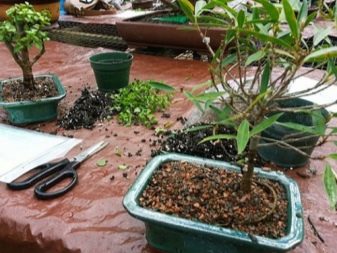
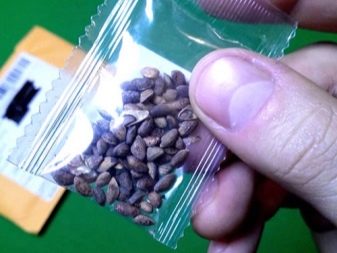
For planting, experts advise using fresh seed, while you need to regularly monitor that mold does not form in the bag. It is better to choose those in the design of which lightning is provided, it is slightly opened so that the air can circulate freely. On average, seeds will be refrigerated for 3 months.
Be sure to collect seeds from mature and healthy maple trees. Sand is excellent for the root system as a soil. Once the roots have reached a greater length, the tree will need to be repotted again so that it can continue to develop normally.
When the maple is 20 centimeters tall, you can start turning it into a bonsai, but not before.
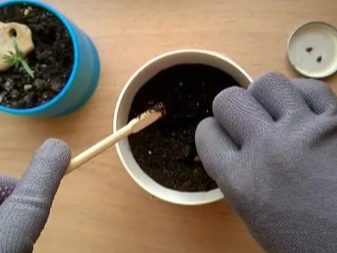
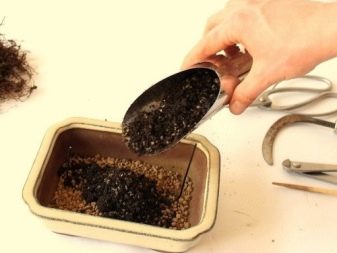
Propagation by cuttings and air layers
It is also possible to propagate Japanese maple by cuttings; all planting material is harvested in the spring. Some gardeners even use air layering.
Both methods are very easy to implement. In the first case, the stalk will need to be well processed after cutting with a solution of activated carbon in order to disinfect it.Then it is slightly dried, nothing special is required for this, just put the cuttings in a warm room for several hours.
They are placed in sphagnum moss growing upwards and moistened regularly. To speed up the process, you can use a growth activator and cover the planting material with a film. Planting into the ground is carried out after the appearance of several leaves, it is desirable that there are at least 4 of them.
Air layers are created artificially, for this, an incision is made on the shoot at the point of formation of the bud, a toothpick is inserted into it, treated with a solution of activated carbon and moistened. The whole structure is wrapped in a bag, but so that the grower has the opportunity to moisten the sphagnum. When the shoot and root system appear, it is carefully removed from the mother plant and planted in a separate pot.
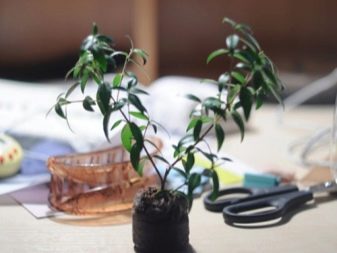
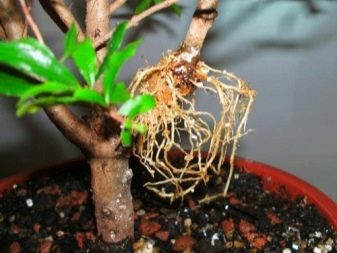
Care
To grow a tree, you need to find a place where it will receive the morning or evening sun, but not stand in direct sunlight. Delicate foliage can "burn". Experts say maples do not burn because of the sun's exposure per se, but because of the presence of dissolved minerals in the water. Over time, they accumulate in the leaves, making them more susceptible to darkening and frizz when exposed to strong sunlight.
Watering should be daily, it is imperative to provide good drainage in the container in order to prevent root rot.
Top dressing is applied every 20-30 days, it is best to use slow-acting organic fertilizers from spring to autumn. Do not feed for two months after transplanting or when the tree is weakened. Stop using top dressing for a month or two in the summer.
A transplant is required every 2 or 3 years. In the process, be sure to shorten the roots to half their length.
Of the pests, the plant most often infects aphids, which can be easily removed with a soap or alcohol solution. Powdery mildew and root rot are treated with fungicides.
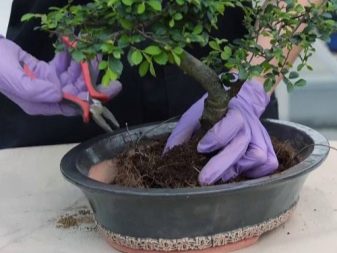
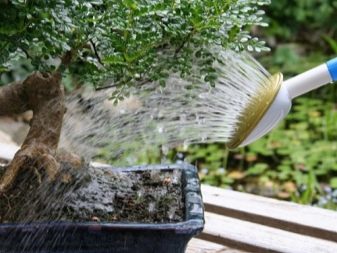
You can learn how to plant maple bonsai from the video below.































The comment was sent successfully.